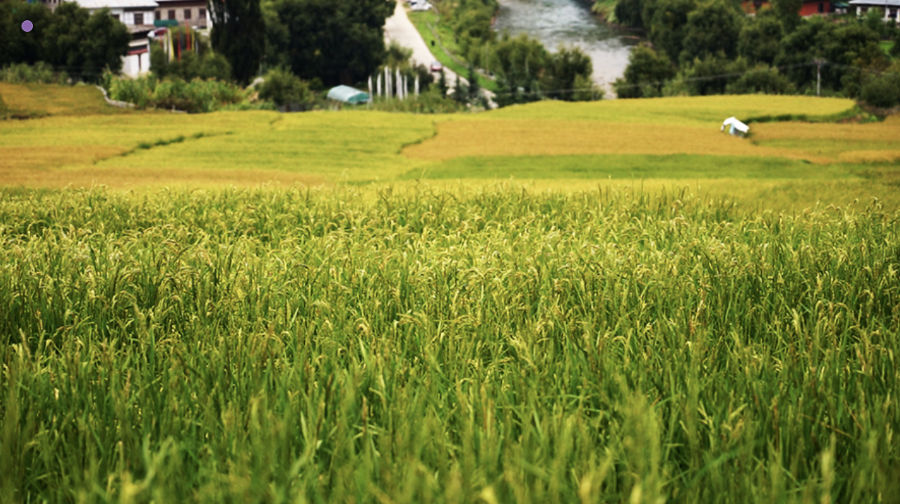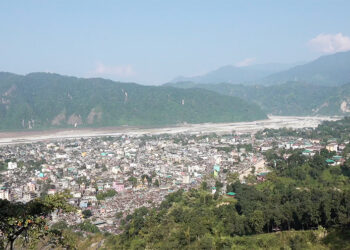 The Ministry of Agriculture and Livestock plans to roll out the long-awaited National Crop and Livestock Insurance scheme for rural communities this month. The ministry shared this during the Meet the Press session on Friday. The scheme, originally scheduled for rollout in July, was delayed due to budget constraints and the need for further discussions.
The Ministry of Agriculture and Livestock plans to roll out the long-awaited National Crop and Livestock Insurance scheme for rural communities this month. The ministry shared this during the Meet the Press session on Friday. The scheme, originally scheduled for rollout in July, was delayed due to budget constraints and the need for further discussions.
The Government of India, through the Economic Stimulus Programme, is providing Nu 800 M to support the government’s share of the National Crop and Livestock Insurance premiums.
“Annually, our farmers lose 19 per cent to 43 per cent of their production to wildlife depredation. So, to provide a safety net and also give them some hope of actually continuing in the agri-food sector businesses, we are going to initiate and roll out the National Crop and Livestock Insurance scheme soon,” said Sonam Pelgen, Sr. Planning Officer, Policy and Planning Division, MoAL.
The scheme covers insurance claims for seven commodities, which are maize, potato, rice, orange, poultry, piggery and cattle. Under the scheme, the government will pay 50 per cent of the insurance premium.
“We are expecting that we are about to cover quite a sizable number of farming households under this insurance scheme, which is going to be worth sharing on a 50-50 basis. 50 per cent of the premium to cover the government and 50 by the beneficiaries themselves. So, if everything goes as per what we have been planning, the ministry is actually intending to launch the national crop and livestock insurance scheme on 11 November 2025,” said Sonam Pelgen, Sr. Planning Officer, Policy and Planning Division, MoAL.
He added that the ministry has held extensive consultations with the local government on the insurance scheme. So far, ten districts have been covered, and the ministry plans to cover the remaining 10 before the scheme’s launch.
The ministry is also finalising the operational manual for the scheme, which will clearly outline how the scheme will work, including eligibility criteria, claim procedures, and other operational modalities.
Once complete, the manual will serve as a key reference for both implementers and participants, ensuring transparency, accountability, and smooth rollout.
Devika Pradhan
Edited by Sonam Pem







